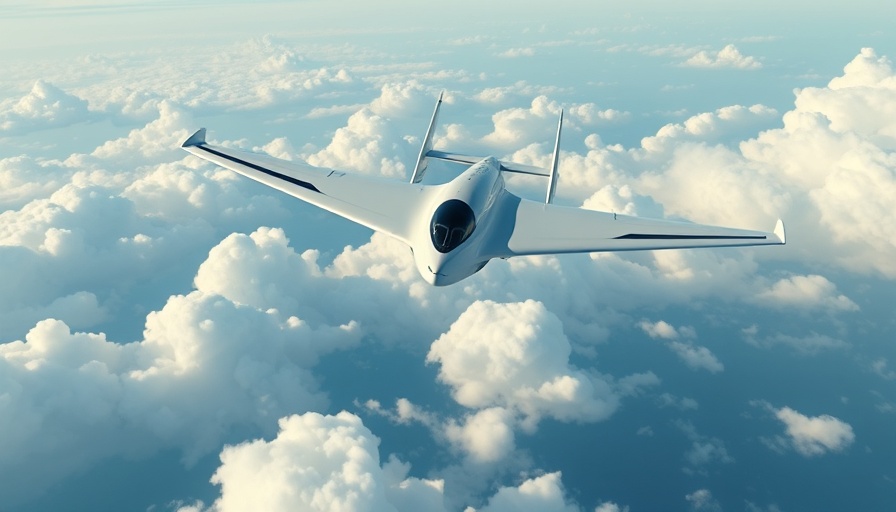
Delta and JetZero Team Up for a Greener Future
Imagine stepping aboard a plane that not only takes you across the sky but also helps to preserve the environment! Delta Air Lines has partnered with JetZero to develop a groundbreaking blended-wing-body (BWB) aircraft. This innovation promises to be 50% more fuel-efficient than the planes we currently use, making a significant leap toward achieving net-zero emissions by 2050.
The Exciting Technology Behind BWB Aircraft
So, what makes this new aircraft so special? The BWB design differs from traditional planes—think of it as a sleek, blended shape that reduces drag and increases lift. This means it not only flies better but also uses less fuel, which is a win for both the passenger and our planet.
A Significant Boost from the U.S. Air Force
In 2023, JetZero received a massive achievement when the U.S. Air Force awarded them $235 million to develop a full-scale demonstrator of this aircraft. Set for its first flight in 2027, this project reflects the defense sector's trust in JetZero’s innovative approach and showcases potential military applications for efficient air travel.
Delta's Role in the Future of Aviation
Delta is more than just investing in technology; they are also contributing their operational expertise. As stated by Amelia DeLuca, Delta’s chief sustainability officer, it is crucial that airlines not only address their immediate carbon footprints but also partner with innovators like JetZero to tackle future challenges. This collaboration is an essential part of Delta’s commitment to sustainability.
What This Means for Travelers
With the blended-wing design, passengers can expect a quieter and smoother flying experience. The aircraft will accommodate over 250 travelers, all while integrating sustainable aviation fuel (SAF), reducing pollutants in the air. Imagine flying comfortably and knowing that the plane is helping to keep the Earth clean!
Learning to Fly Towards a Sustainable Future
The future of aviation is bright with these advancements, and as communities, staying informed and advocating for such innovations is vital. For those inspired by these developments, learning to fly can be a way to connect with this vibrant industry. Exciting times are ahead, and we might just see changes in how we travel by air.
Conclusion: Take Part in the Change
Delta’s partnership with JetZero marks a significant step towards a sustainable aviation future. The BWB aircraft’s innovative design not only addresses current efficiency challenges but also paves the way for future technological advancements. For those passionate about aviation, consider learning to fly and being part of this exciting journey towards cleaner air travel!
 Add Row
Add Row  Add
Add 




Write A Comment